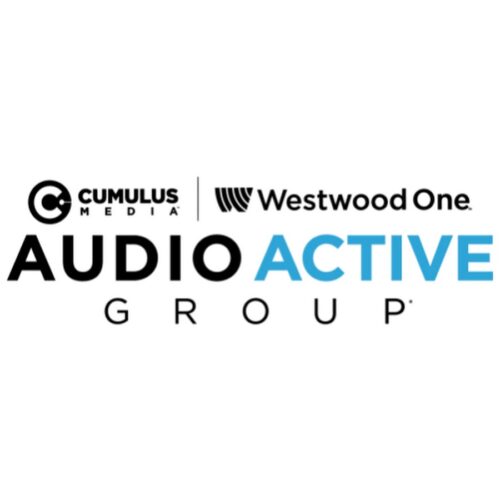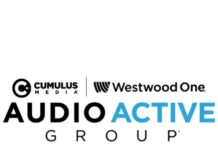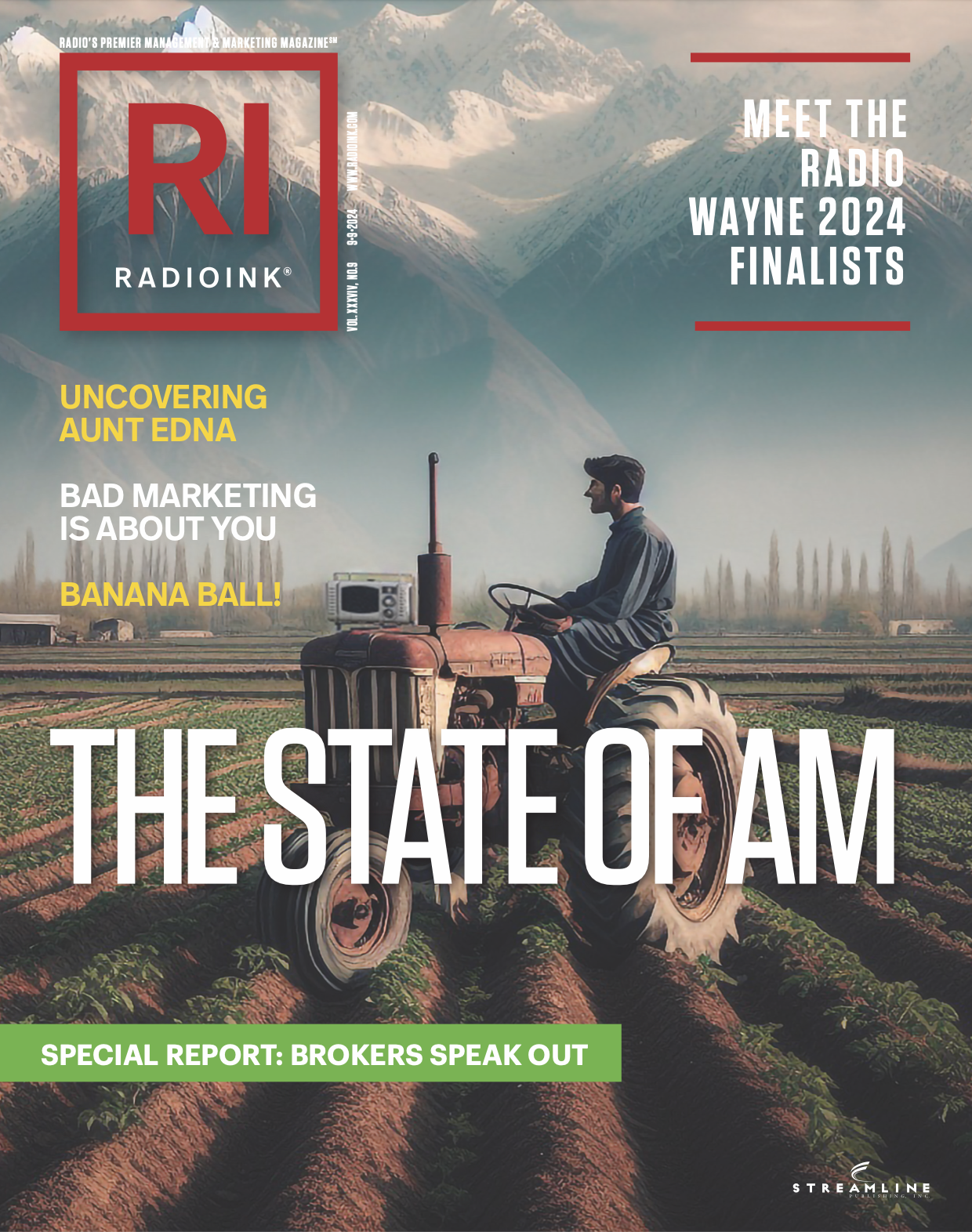
On the heels of new research highlighting how marketer bias affects radio buys compared to digital audio, Cumulus Media and Westwood One’s Audio Active Group is busting eight more outdated perceptions about AM/FM held by many advertisers and media agencies.
Using insights from research leaders such as Nielsen, Edison Research, Maru, and Advertiser Perceptions, the report systematically debunks eight widespread myths that have led to undervaluing radio in media strategies.
Misperception #1: “No one listens to AM/FM radio.”
Advertiser Perceptions surveyed 303 media agencies and advertisers, asking them what percentage of Americans they believe listen to AM/FM radio weekly. The average response was 46%, indicating a significant underestimation. In reality, Nielsen data shows that AM/FM radio reaches 82% of Americans each week—nearly double what advertisers think. This discrepancy highlights a deep-rooted bias, as many believe newer media inherently overshadow older platforms, despite evidence showing radio’s vast and enduring audience.
Misperception #2: “Commuting is still down, impacting radio listening.”
Contrary to the belief that work-from-home trends have diminished radio listening, Nielsen and Maru report that 85% of pre-COVID commuters are now back at work outside their homes. Furthermore, Edison Research’s Q2 2024 “Share of Ear” study found that AM/FM radio’s share of in-car listening has returned to pre-pandemic levels. This suggests that the narrative of a lingering commute decline does not hold, and radio remains a dominant medium for on-the-go audiences.
Misperception #3: “In the connected car, streaming dominates listening.”
As connected cars become more common, there’s a prevailing belief that drivers primarily stream audio content. However, Edison Research data shows that AM/FM radio still commands an 86% share of ad-supported audio in the car, solidifying its position as the ruler of the road.
Misperception #4: “Optimal media plans should focus solely on TV, connected TV, and digital.”
Many advertisers believe that an aggressive media plan with a combination of connected TV, digital, and traditional TV is sufficient to reach audiences. However, Nielsen Media Impact analysis reveals that incorporating AM/FM radio into these media plans can increase reach by 20% without additional spending. For instance, reallocating just 10% of a media budget to AM/FM radio generates substantial incremental reach.
Misperception #5: “Digital audio alone covers all audio needs in media plans.”
Advertisers often assume that a media plan featuring Spotify, Pandora, and podcasts is comprehensive. Edison’s “Share of Ear” data challenges this by showing that these digital audio platforms collectively reach only 31% of Americans daily, while AM/FM radio reaches 63%.
Misperception #6: “There is no ROI evidence for AM/FM radio.”
One of the most common criticisms is that AM/FM radio lacks measurable ROI. However, a comprehensive study by Gain Theory and Ebiquity, which analyzed $2.2 billion in media spend across 142 brands and 14 sectors, found that audio ranks second in short-term ROI and third in long-term ROI among ten media channels. Additionally, Cumulus Media’s Audio Active Group, in partnership with LeadsRx, conducted 17 attribution studies across various brands from 2019 to 2023, finding that AM/FM radio drove an average 14% lift in site traffic.
Misperception #7: “AM/FM radio cannot be measured like TV and digital.”
There’s a belief that radio lacks the sophisticated measurement tools available to TV and digital platforms. However, modern measurement solutions for radio include a range of tools comparable to those used in TV and digital, such as brand lift studies, site traffic attribution, and sales impact analyses.
Misperception #8: “No one under 35 listens to AM/FM radio anymore.”
The narrative that younger audiences have abandoned radio is disproven by Nielsen data, which shows that the 18-34 age group is one of radio’s largest listening demographics, with over 55 million young adults tuning in weekly.
The findings are unpacked in detail in this weeks Cumulus Media/Westwood One Audio Active Group blog.






